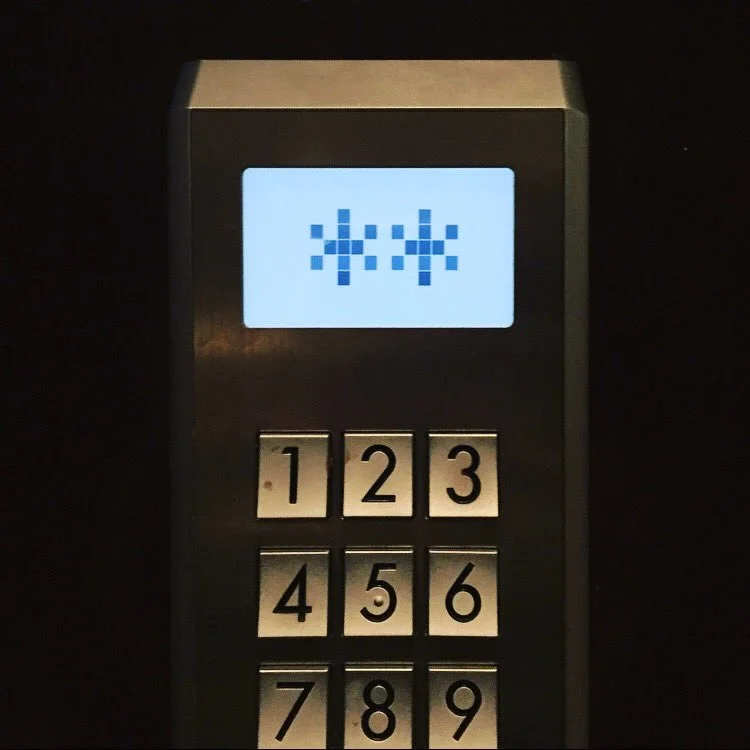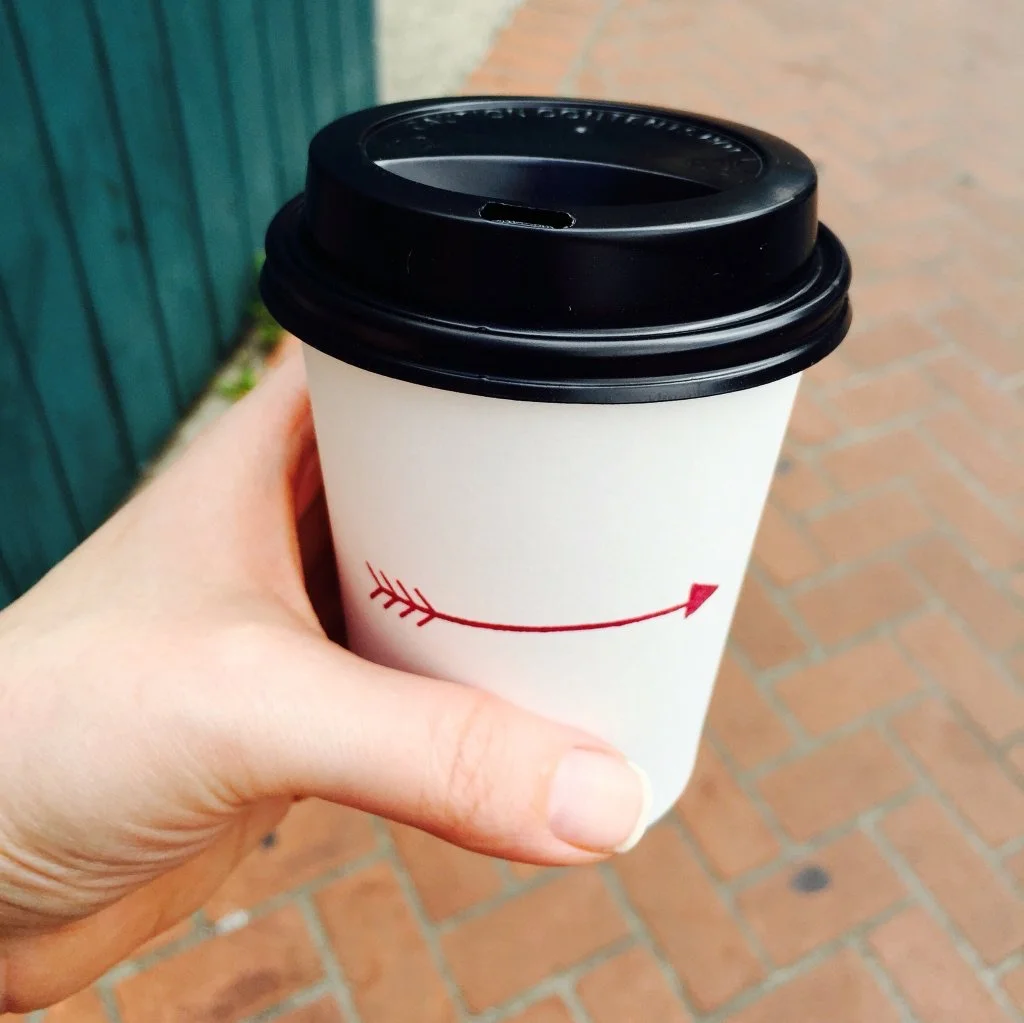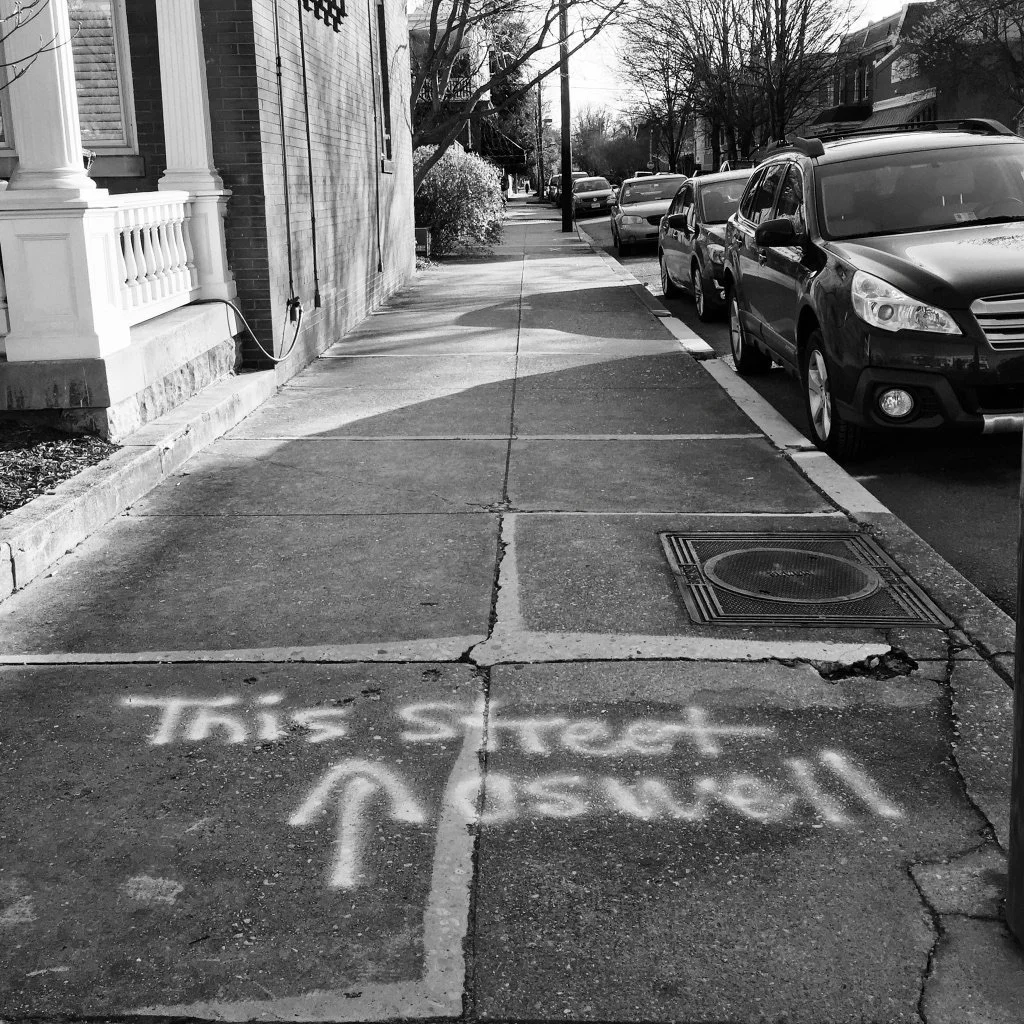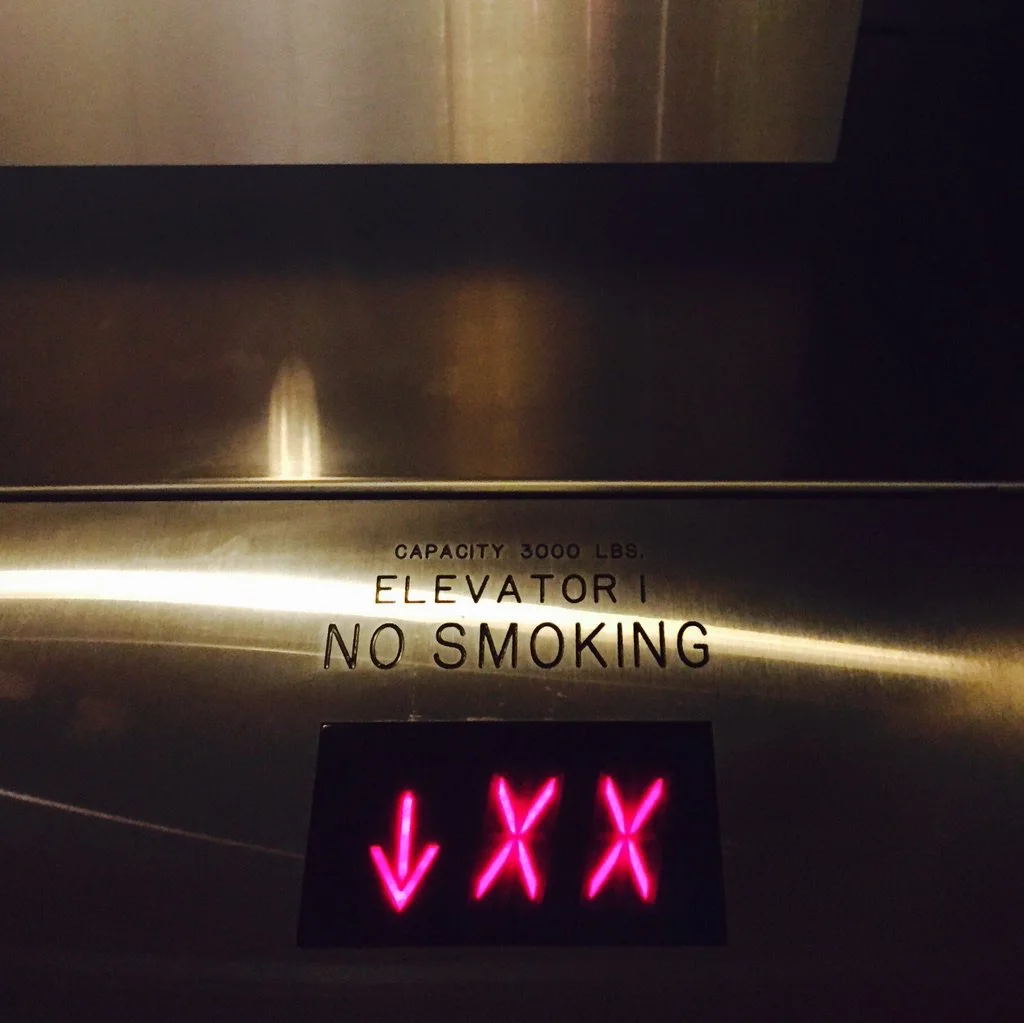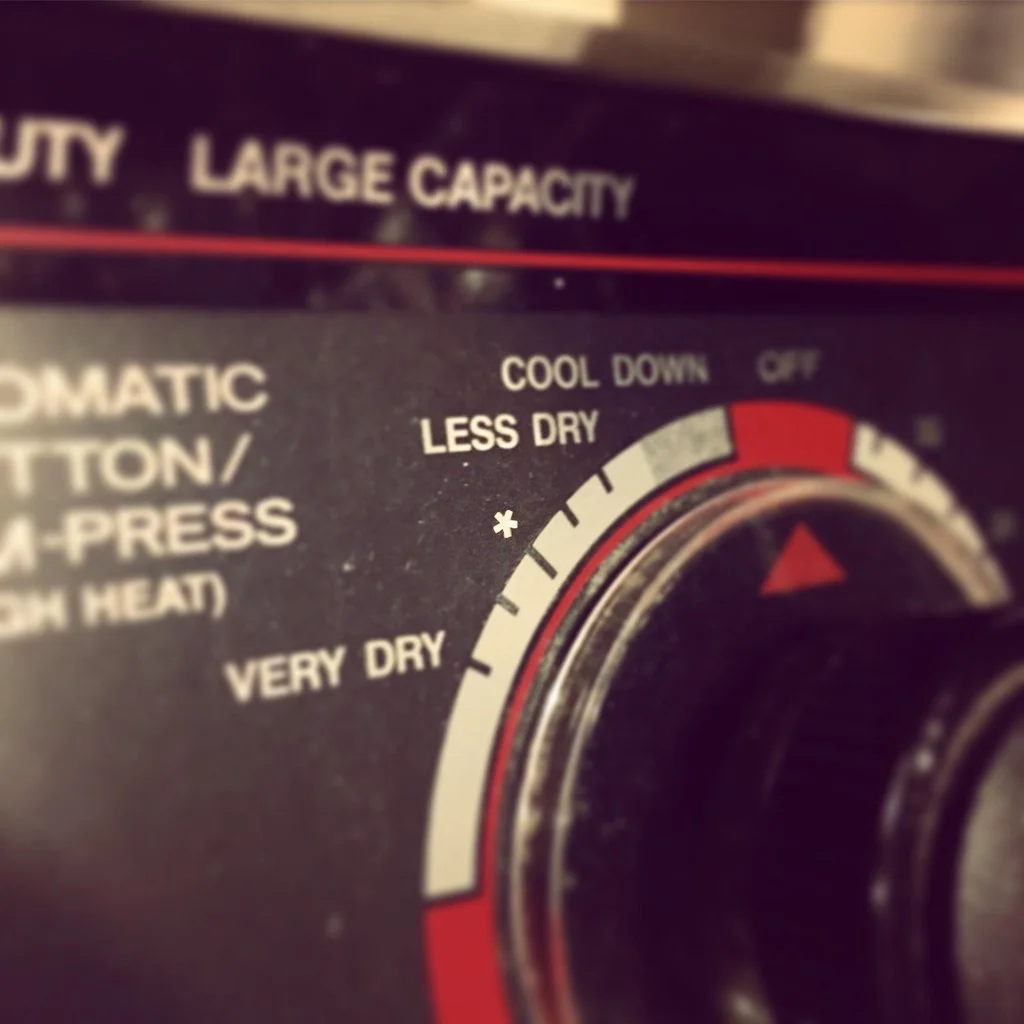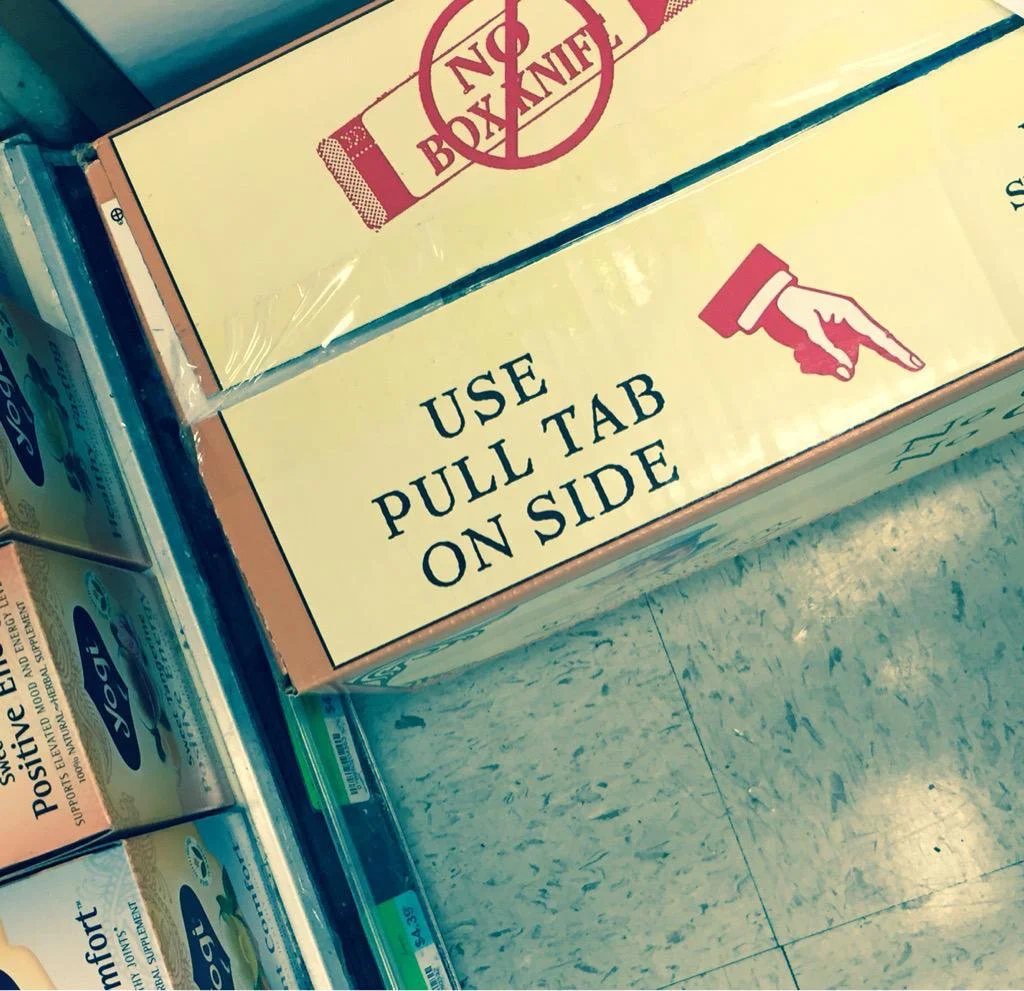I first became interested in non-alphabetic and non-numeric characters—symbolic glyphs, as they've come to be known in the digital age—through an attempt to better understand the patterns of pilcrow (¶ and ⁌) use in the earliest printed editions of English vernacular drama. As I've written about elsewhere (and had occasion to discuss at the recent meeting of the Shakespeare Association of America—thanks, Sarah Neville and Brett Hirsch!), printers repurposed the practice of scribal rubrication (using ¶s and ⁌s to mark new units of text) to articulate the dialogic form of Tudor morality plays and interludes. They placed a ¶ or ⁌ at the beginning of each new unit of dialogue to differentiate one character's speech from another's in what would have otherwise been a single, undifferentiated column of printed text. Note that "speech prefixes" were not integrated into main body of text, but rather printed in marginal columns, typically to the left of speeches on versos and to the right of speeches on rectos. This made the pilcrows important navigational tools for readers. Over the course of the sixteenth and seventeenth centuries, printers deployed a range of typographic glyphs—✽, ☞, ❧, —, †, &c—to help readers note the extra-lexical business and effects of theatrical performance. (How they did so is the subject of the monograph I'm completing at the moment, so stay tuned for more!)
As soon as I started researching the presence and function of symbolic type in early print, I started noticing the very same symbols in the world around me. Non-alphabetic and non-numeric characters are everywhere. Sometimes they're instructional (such as the manicules that point to buttons we need to press to make the light at the pedestrian crossing turn to WALK or the chevrons/arrows that encourage us to bike or look in a certain direction). Sometimes they warn us (!) of danger ahead. More and more often they're used to create brand identity—it's no joke that the only brand of jeans that fits me is made by a company called Pilcro [sic] and the Letterpress and that all the studs on their jeans are stamped with a ¶. (Yes, even my clothes advertise my research!) I'm sure I'm not the only one who uses symbols as shorthand when doing boardwork in the classroom—they are efficient and affective (♡). Symbols also have the potential to serve as placeholders for missing words and/or numbers. ***At the same time, they can draw attention to words and/or numbers.*** &c &c &c
Late last year, I began photographing the symbols I encountered in my day-to-day and recording them on Twitter under the hashtag #glyphsinthewild. Below you can see a sampling of these images (click on and hover over each to see captions). Perhaps they will inspire you to be on the lookout for the symbolic characters that shape your everyday. If so, I'd love to see what you see. Feel free to email me, or else to Tweet photos of your #glyphsinthewild. It's my hope to intermittently post galleries of my own images—and maybe yours—here.


